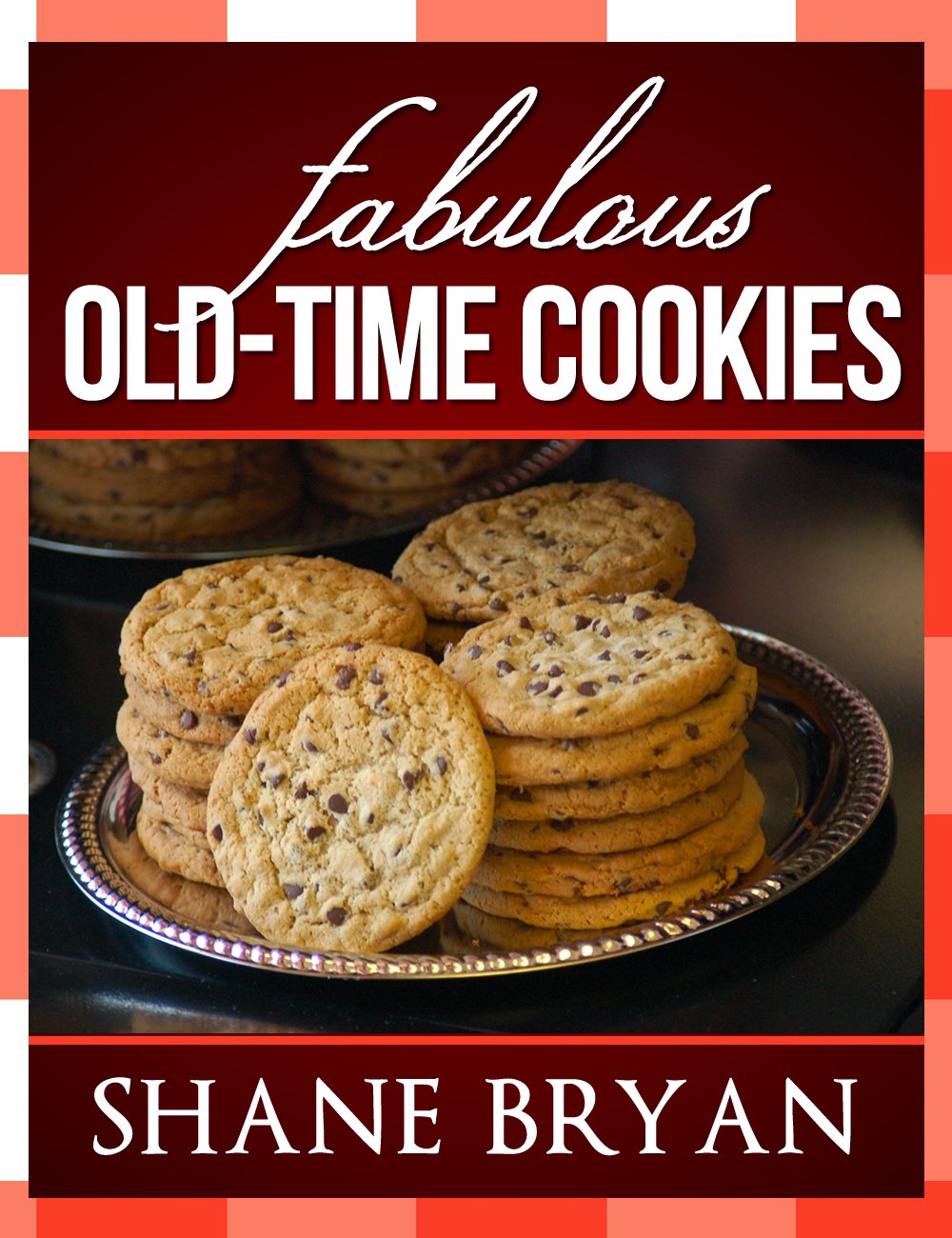|
Fabulous Old-Time Cookies
The Science of BakingBy Shane BryanWhile many people will tell you that cooking is an art form, there is also a lot of science involved, especially in baking. Recipes are formulated to get a specific end result. Knowing a little bit about what your ingredients do and how they interact with each other will make you a better baker. Armed with this knowledge you will also be much more successful with modifying your recipes. Sugar – Sugar does a lot more than just sweeten your cookie. Sugar also plays an important part in the structure and browning. The moisture content in sugar affects your cookie’s chewiness. Brown sugar contains a lot more moisture than white sugar. Use more brown sugar for a softer, chewier cookie. Using more white sugar will give you a flatter, crispier cookie. The use of artificial sweetners such as Splenda is not recommended in doughs and batters as they can’t replace sugar’s other functions in a recipe. Using Splenda in other capacities such as in fillings is usually fine. Fats – Butter and margarine can usually be used interchangeably in a recipe. They give cookies their flavor and crisp outside. Stay away from whipped butter and low cal butter as they may ruin your recipe. These spreads have added air and water that will change the consistency of your recipe. Solid shortening melts slower than butter so cookies won’t spread as much, giving you a softer, chewier cookie. If you decide to use butter instead of shortening, you may want to raise your oven temperature a little so your cookies set faster. Baking Soda vs. Baking Powder – Both produce carbon dioxide to help raise or leaven your baking. Baking soda needs an acidic ingredient in your recipe to be effective. Baking powder contains both baking soda and a dry acidic ingredient (frequently cream of tartar) so it is not dependant on acidic ingredients in your recipe. The liquids in your recipe activate the baking powder. You will want to stir as little as possible after adding the liquids so you don’t release all the carbon dioxide. Double-acting baking powder also has an added ingredient that reacts to heat for more rising action in the oven. Generally one teaspoon baking flour will leaven one cup of flour. This may need to be increased if using heavy ingredients like bananas or wheat germ. Flour – Use as little flour as possible to get the proper consistency for the cookie type you are making. Too much flour will make your cookie firm, dry and tough. Accurately measure your flour. Don’t scoop your flour straight from the bag as this will pack the flour. The preferred method is to spoon the flour into your measuring cup. Cake flour has more moisture than all-purpose flour so it will give you a puffier cookie. Bread flour will give you a drier, crispier cookie because it absorbs more moisture from your recipe than other types of flour. Be aware that many older recipes and cookbooks did not stipulate how much flour to use in baking recipes. They instead relied on the cook’s experienced judgement to assess factors such as the quality, mill, protein content, humidity and moisture of their flour. Eggs – Eggs are one of the structural ingredients of your recipe. Eggs provide leavening; add color, texture, flavor and richness to the batter. They are very important in binding your ingredients together. Beating eggs adds air which is important in leavening. Use all egg yolks if you want a moister cookie. Egg whites tend to dry out cookies. Temperature – Temperature plays an important role in all phases of your cookie production. Ideally, you want to have all your ingredients at room temperature. They will mix better. Most recipes call for softened butter because it provides the best blending consistency. Cooler dough will spread more slowly in the oven producing a denser, chewier cookie. I will frequently stick my dough in the freezer for a few minutes to chill before baking. This is also why refrigerator cookies hold their shape so well. On the flip side, a warm dough will spread more quickly in the oven, giving you a flatter, crispier cookie. Keep this in mind if you have a habit of dropping cookie dough onto still hot cookie sheets. You may want to let your sheets cool first. Light colored cookie sheets are preferable to dark colored cookie sheets. Dark cookie sheets will cause your cookies to cook too fast and brown too quickly. Try using parchment paper if all you have are dark cookie sheets. It will make a difference. Cookie sheets with no sides are also preferable. Your cookies will cook more evenly because the heat will flow over them more evenly. I have recently started using Airbake cookie sheets. I have been very impressed with the results and recommend them. Just remember, with the Airbake sheets, you baking time may be a little longer because the bottoms don’t brown as fast. This should give you a better idea of how your ingredients work together. Make substitutions at your own risk as they will change your recipe. Knowing a little about the science of baking will make your baking projects much more successful. Happy baking. If you wish to learn more, joyofbaking.com has lots of excellent information on ingredients. They go into much more detail than I have in this short article. http://www.joyofbaking.com/BasicIngredients.html This article was taken from my new book “Fabulous Old-Time Cookies.” Now you can bake delicious cookies just like grandma used to make. This book is filled with 228 American heirloom cookies and old-world favorites. Plus, it is just packed with baking tips, quotes and food trivia.To Learn more go to http://www.easyhomemadecookies.com Shane Bryan
Box 3266 Valdez, AK 99686 shane@easyhomemadecookies.com © Copyright 2004-2011 by
EasyHomemadeCookies.com. - All Rights Reserved |
